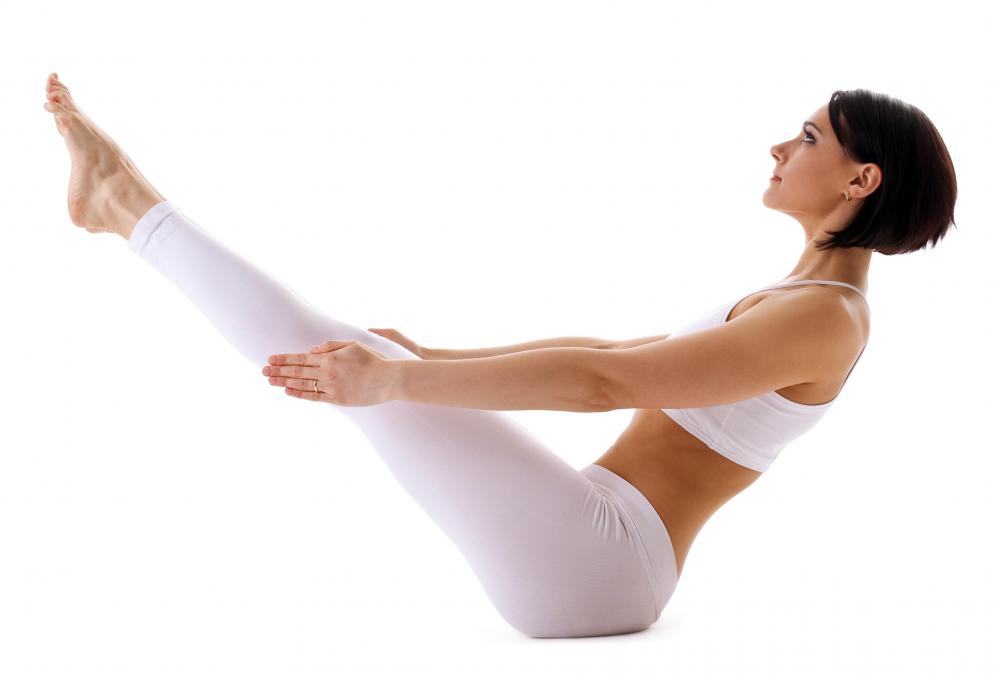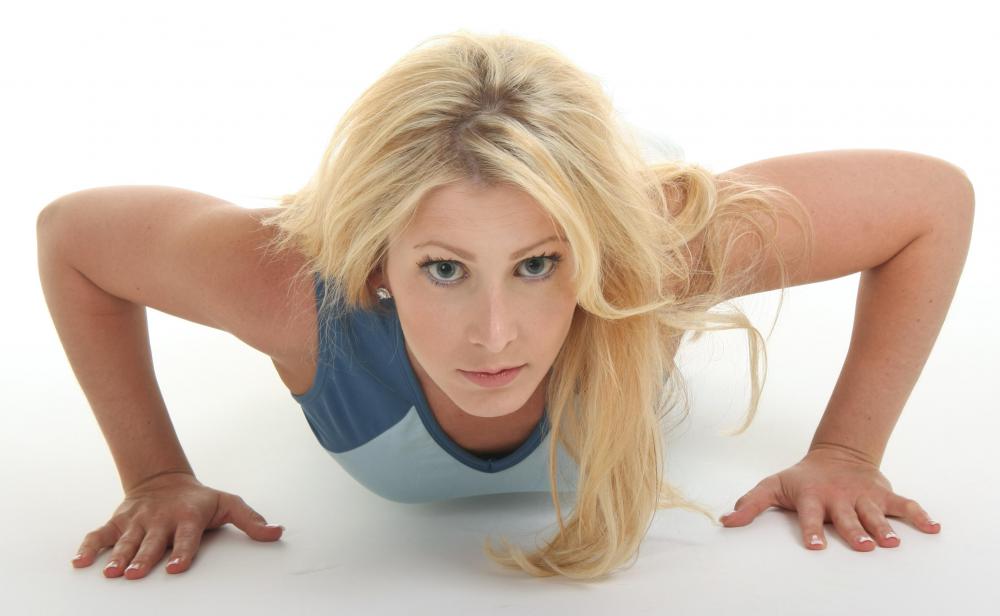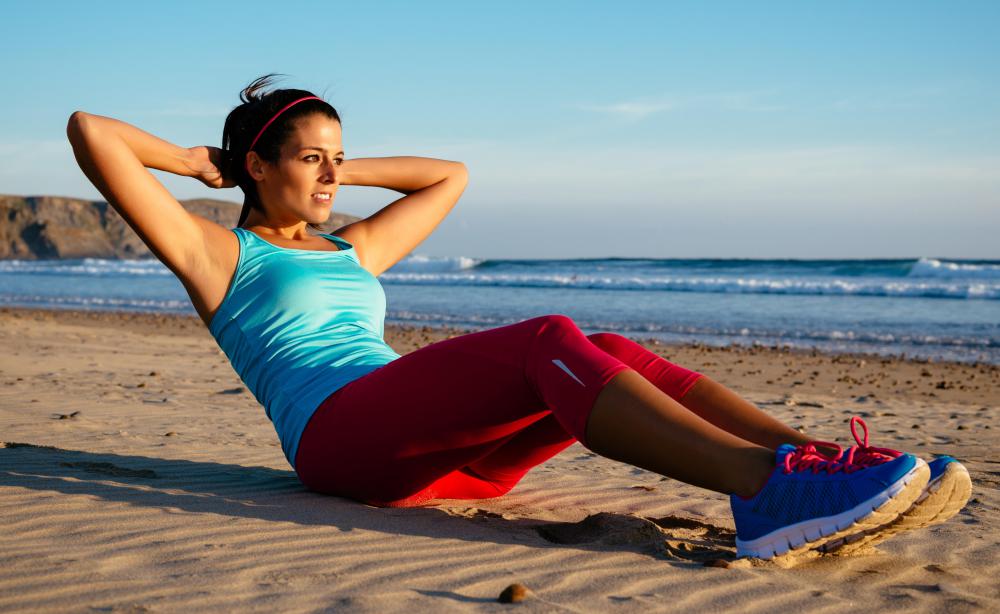At TheHealthBoard, we're committed to delivering accurate, trustworthy information. Our expert-authored content is rigorously fact-checked and sourced from credible authorities. Discover how we uphold the highest standards in providing you with reliable knowledge.
Pilates vs Calisthenics: Understanding Their Unique Benefits and Techniques

Embarking on a fitness journey often leads to the crossroads of choosing the right exercise regimen. When considering pilates vs calisthenics, it's essential to understand their distinct approaches to enhancing physical well-being. Calisthenics, a form of exercise that emphasizes rhythmic, bodyweight movements, has been shown to improve cardiovascular health and flexibility. On the other hand, isometrics, which involves static muscle contractions, can significantly increase strength without movement. Pilates, a mind-body technique focusing on controlled breathing and core strengthening, particularly targets the muscles around the spine, with research from the Muscle, Ligaments, and Tendons Journal indicating its effectiveness in improving balance and reducing back pain. While each method stands on its own merits, integrating pilates, calisthenics, and isometrics could lead to a well-rounded fitness routine.

Calisthenics are what many people did for exercise in the 1950s to keep in shape. They were very popular with the military and on emerging television exercise shows. They increase body strength through a variety of simple, repetitive movements that rely on a person’s body weight for resistance. Some people use weights to enhance the results of calisthenics. The most popular calisthenics include jumping jacks, sit-ups, squats, push-ups and crunches.

Isometrics do not involve the rapid motion of calisthenics. They are designed to increase strength through positioning certain joints and muscles in static or stationary positions that provide resistance. Isometric exercise normally uses an immovable object, such as a wall, for resistance. The muscles contract and joints are strengthened through static resistance supplied by the wall. Another example would be to hold a weight straight out to the side of your body with your arm extended; strength is developed by holding the weight still, not through lifting. Each isometric movement is held for six to eight seconds and involves five to ten repetitions.

Although isometrics date back thousands of years and have roots in yoga and Asian martial arts, they were first embraced by the public much later. Early on, modern bodybuilders hailed isometrics as the key to building muscle mass. Some controversy emerged after it was later discovered that true isometrics were not effective body-mass building exercises; putting limbs in opposition to each other or to a stationary object builds strength, but not mass. The controversy grew even stronger when it was discovered that, in many cases, much of the impressive strength in the competitors’ bodies was the result of anabolic steroid use.

Of the three exercise models, Pilates is the most recent trend in exercise programs. It was created in Germany by Joseph Pilates in the early part of the 20th century. He dubbed the method Contrology and believed that physical fitness could be attained through strengthening the deep torso, or core, muscles. Pilates taught that the mind could control breathing and the spinal muscles. His method professes the entire body benefits from controlling breathing and improving spinal alignment.

Before starting any exercise program, a physician should be consulted. Some types of exercise may be too strenuous or inappropriate for those with physical limitations or chronic ailments. A doctor may also recommend certain exercises over others based on a person’s age and general health.
AS FEATURED ON:
AS FEATURED ON:















Discussion Comments
@KoiwiGal - The only thing is that Pilates can tend to be a bit more difficult than many average calisthenics, which were designed to be very basic and easy. I don't want to discourage anyone from trying them, but I think, if possible, people should try to do a few classes in Pilates rather than just attempting them at home.
@pleonasm - Most of the time I think Pilates can be done without any extra equipment. There are some bits and pieces you can get to make it more comfortable, but they aren't crucial, especially not for every single exercise.
I'm a fan of Pilates, but I actually think there's nothing wrong with just using a variety of exercises from wherever you happen to find them. It seems to me that an ideal workout would include both calisthenics and isometrics as well as some cardio and stretching.
I've heard that Pilates was developed by taking what he thought was the best of a variety of different exercise models, so in theory it's one of the better routines to follow if you are looking to improve yourself.
The problem is that Pilates, unlike most calisthenics and isometrics, always seem to use special props like Swiss balls and elastic bands to get things done. They are still cheaper and less bulky than a lot of exercise equipment, but I'd rather not have to use any special equipment at all.
Post your comments